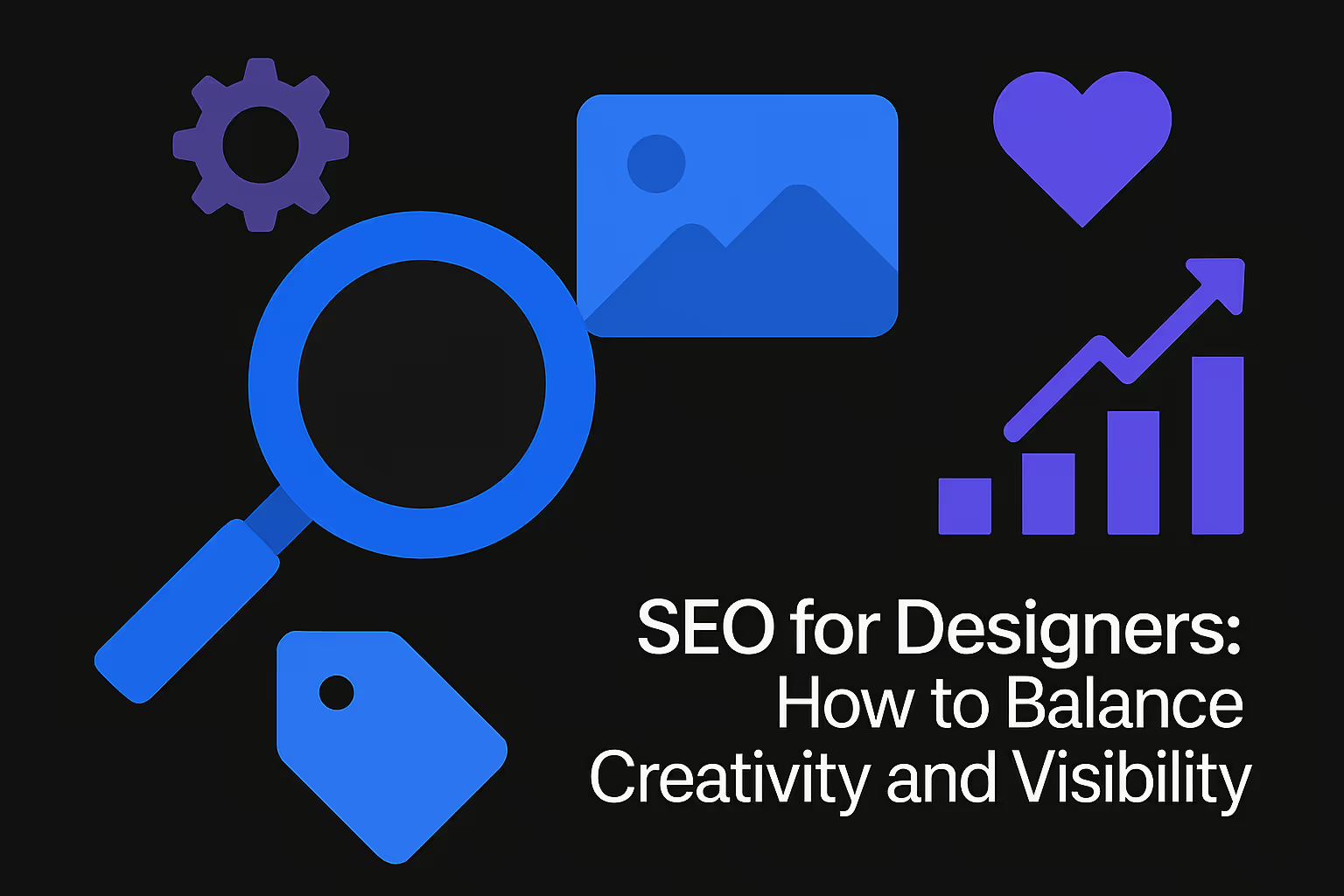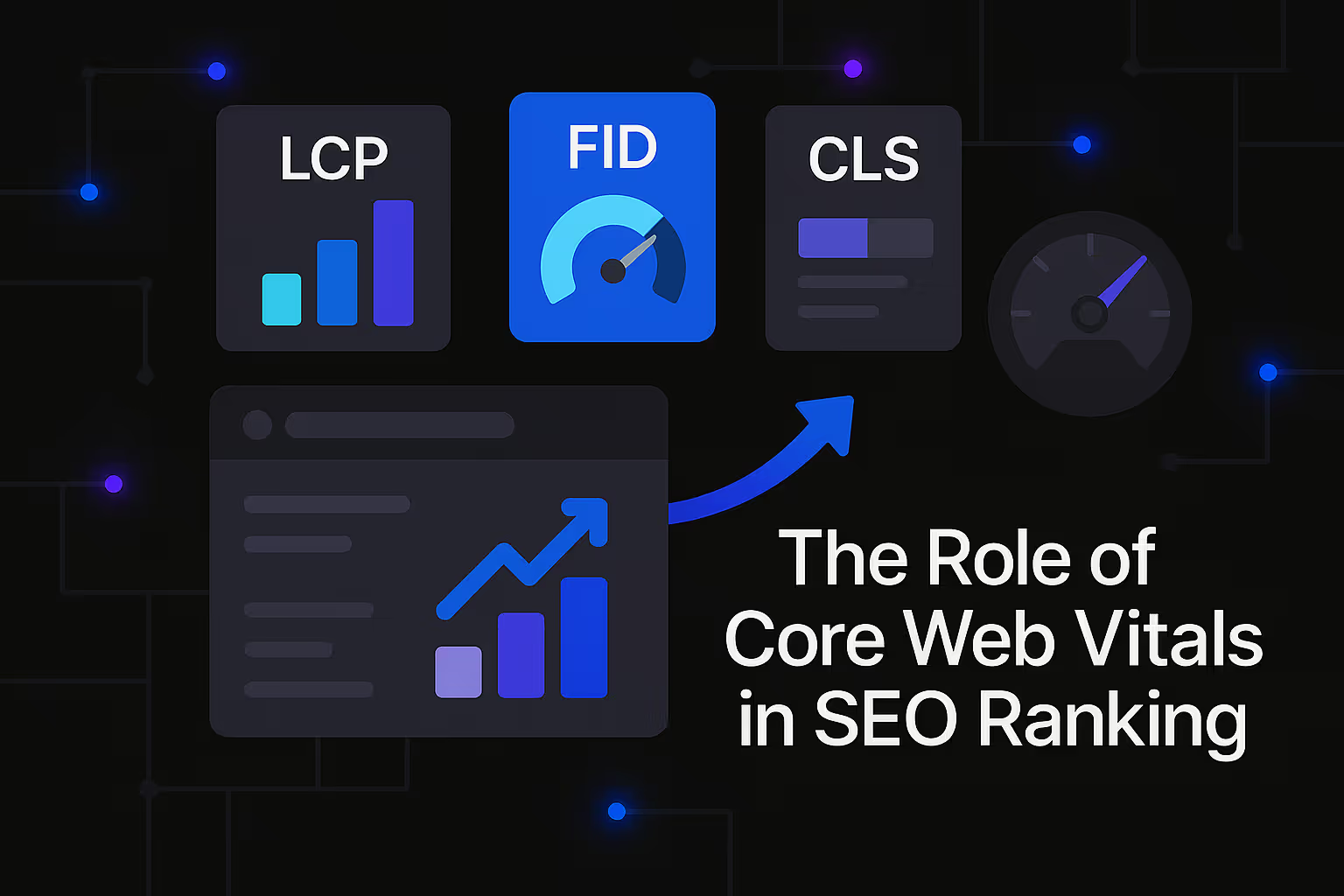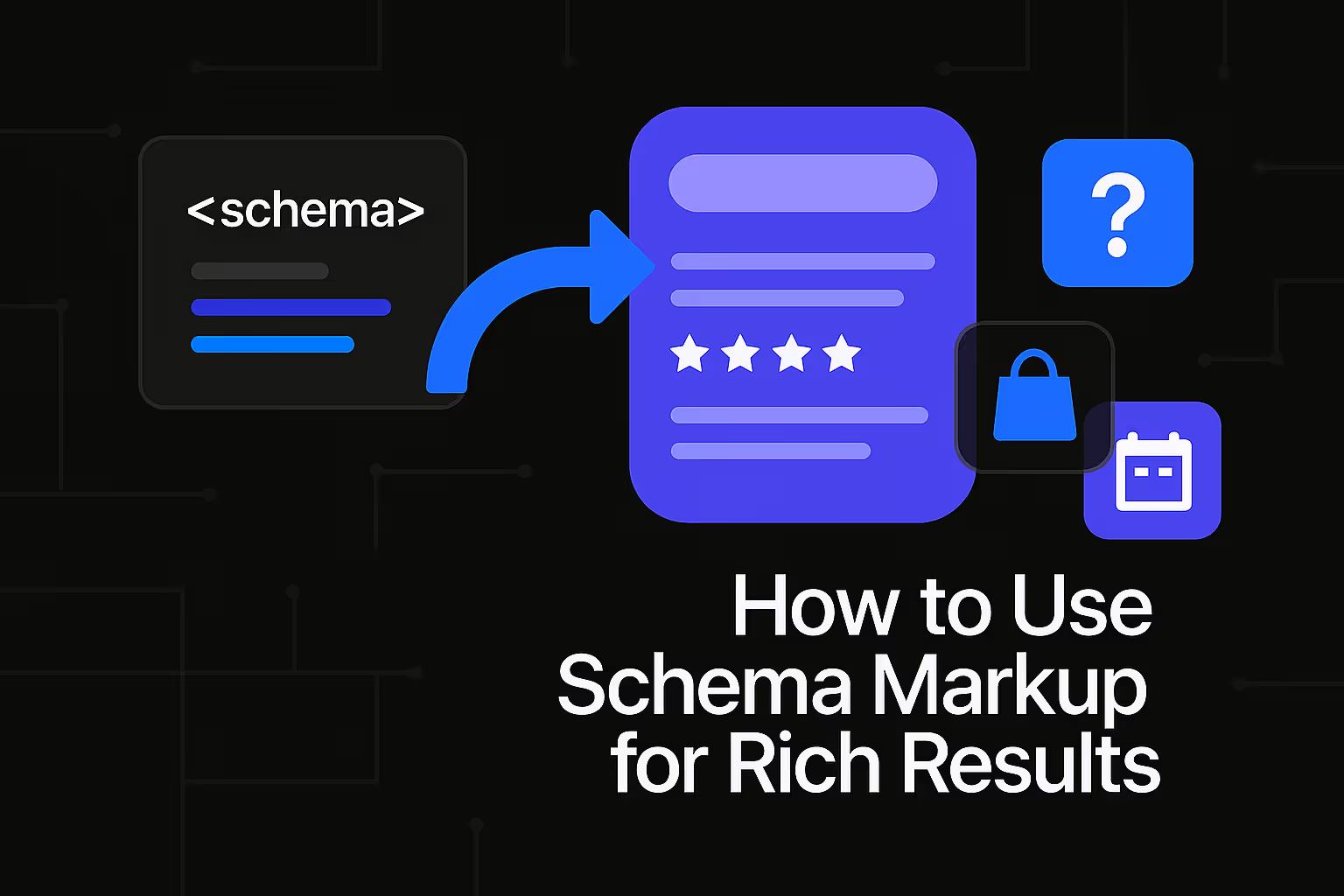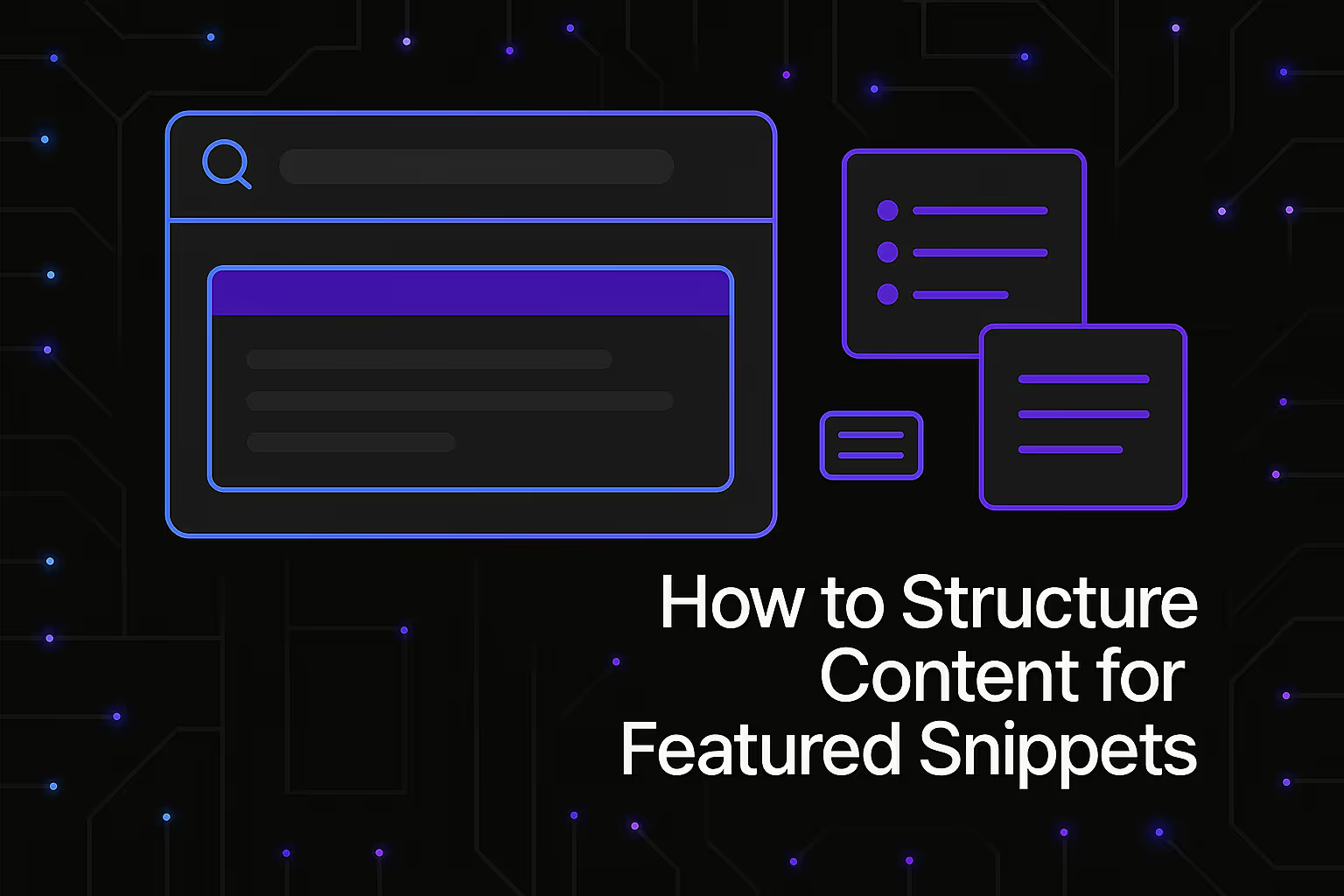SEO for Designers: How to Balance Creativity and Visibility

In the vibrant world of design, where every pixel, every line, and every shade contributes to a unique aesthetic, there often exists a silent, underlying tension. Designers pour their souls into creating visually stunning and functionally intuitive experiences, yet many grapple with a fundamental question: how do these masterful creations reach the eyes of potential clients and collaborators? The answer, increasingly, lies in the strategic integration of Search Engine Optimization, or SEO. For too long, SEO has been perceived by creatives as a rigid, technical discipline that stifles artistic expression, a necessary evil rather than a powerful ally. This perspective, however, is a misconception. The truth is, SEO, when understood and applied correctly, is not about compromising your creative vision but amplifying it, ensuring that your exceptional work achieves the visibility it deserves in a crowded digital landscape.
The modern digital ecosystem rewards content that is not only beautiful but also discoverable and valuable. A breathtaking portfolio hidden on page ten of search results serves neither the designer nor the audience. The challenge, then, is to bridge the gap between artistic integrity and algorithmic imperatives, transforming SEO from a chore into an integral part of the design process itself. This journey is about understanding how search engines perceive and value content, and then subtly weaving those principles into the very fabric of your online presence. It is about crafting a narrative that resonates with human users while simultaneously speaking the language of search engine crawlers.
Understanding the SEO Landscape Through a Designer's Lens
For designers, the initial hurdle often involves shifting perspective. Forget the outdated notions of keyword stuffing or manipulating algorithms. Today’s SEO is far more sophisticated, centered on delivering genuine value to the user. Search engines like Google have evolved to prioritize helpful, reliable content that truly answers a user’s query. This is a crucial distinction, as it aligns directly with the core ethos of good design: creating something that serves a purpose and enhances an experience.
The evolution of search has moved decisively towards semantic understanding. This means that search engines no longer merely match isolated keywords; instead, they strive to comprehend the full context, the underlying intent, and the intricate relationships between concepts. For a designer, this translates to focusing on the problems your design solves, the specific industries you serve, or the unique aesthetic you bring. Rather than simply listing "web design," consider "responsive e-commerce website design for fashion brands" or "intuitive mobile app UI/UX for healthcare." This nuanced approach to content creation allows your work to be discovered by those actively seeking your specific expertise, leading to more qualified leads and meaningful connections.
The fundamental principle guiding modern SEO is a "people-first" philosophy. Every piece of content, every element of your website, must be designed with the ultimate human user in mind. Is your portfolio easy to navigate? Does your project description clearly articulate your process and the client's problem? Is your contact information readily accessible? These are not just good design practices; they are foundational SEO elements. When your website provides a seamless, informative, and engaging experience for visitors, it naturally signals to search engines that your content is valuable and relevant, leading to improved visibility. Your creativity, far from being hindered, becomes the very vehicle for delivering this user-centric value.
Why Visibility Matters for Creative Professionals
In an age where digital portfolios are paramount, a designer’s online presence is their storefront, their gallery, and their networking hub all in one. Without visibility, even the most innovative and groundbreaking design work risks remaining unseen. SEO provides the framework for this visibility, acting as the bridge between your artistic output and the audience that needs it. It’s not just about getting traffic; it’s about attracting the right traffic – clients who are actively searching for the specific design services you offer.
Consider a designer specializing in brand identity for tech startups. If their website isn't optimized to appear when a startup founder searches for "branding agency for seed-stage tech," they are effectively invisible to their ideal clientele. The digital world is a competitive arena, and relying solely on word-of-mouth or social media can be limiting. Organic search traffic, fueled by effective SEO, provides a consistent, sustainable stream of potential business, allowing designers to spend less time chasing leads and more time doing what they do best: designing. Embracing SEO means taking control of your discoverability, ensuring that your creative genius finds its way to those who appreciate and can utilize it.
E-E-A-T: Building Trust and Authority Through Design
At the core of Google’s ranking philosophy is the concept of E-E-A-T: Experience, Expertise, Authoritativeness, and Trustworthiness. This framework is not just for medical or financial websites; it applies to every piece of content, including a designer’s portfolio. For creatives, E-E-A-T becomes a powerful tool for showcasing not just what you design, but who you are as a designer, building a reputation that resonates with both human audiences and search algorithms.
Showcasing Your Experience and Expertise
Designers naturally possess a wealth of experience and expertise, and effective SEO involves translating this into digestible, discoverable content. Instead of merely presenting a gallery of images, delve into the story behind each project. Use detailed project descriptions that outline the client’s initial challenge, your design process, the tools you used, and the measurable impact of your work. These narratives are goldmines for demonstrating your experience. They provide context, showcase your problem-solving abilities, and allow you to naturally incorporate relevant terms that potential clients might be searching for.
Consider adding case studies that go even deeper, perhaps with client testimonials or behind-the-scenes glimpses of your workflow. This transparency builds trust and highlights your expertise. Do you have a unique methodology for user research? Do you specialize in a particular niche, like accessible web design or futuristic UI concepts? Write about it. Sharing your insights through a blog section on your website is an exceptional way to establish yourself as a thought leader. These articles can discuss design trends, offer tutorials, or explore the philosophical underpinnings of your craft. Each piece of content contributes to your perceived authority and expertise, signaling to search engines that you are a reliable source of information within your field.
Cultivating Authoritativeness and Trustworthiness
Beyond individual projects, the overall presentation of your online presence significantly contributes to your authoritativeness and trustworthiness. A professionally designed website that loads quickly, is easy to navigate, and is free of broken links immediately conveys credibility. Ensure your contact information is prominently displayed and easy to find. Provide clear calls to action for potential clients. These seemingly small details contribute to a seamless user experience, which in turn signals reliability to search engines.
Furthermore, consider opportunities for external validation. Are you a member of any professional design organizations? Have you spoken at industry events or been featured in design publications? These affiliations and mentions, especially through high-quality backlinks, act as powerful endorsements, solidifying your authoritativeness in the eyes of search engines. Building trust isn't a single action; it's a continuous commitment to quality, transparency, and a genuine desire to serve your audience effectively. Your design portfolio isn’t just a showcase; it’s a testament to your professional identity, and by focusing on E-E-A-T, you ensure that identity is both compelling and discoverable.
Strategic Content Creation: Beyond the Pretty Picture
For designers, "content" extends far beyond the visual elements of a portfolio. It encompasses the words, the narratives, and the context that elevate your designs from mere images to compelling stories of problem-solving and innovation. This is where the balance between creativity and visibility truly takes shape, as you harness the power of language to explain, persuade, and ultimately, be found.
The Power of Narrative
Every design project has a story: a client’s challenge, your creative process, the iterations, and the final impact. These narratives are incredibly powerful for SEO. When you describe a project, don't just state what you did; explain why you did it. What was the user problem you were solving? What was the business objective? How did your design solution contribute to that objective?
By weaving these stories into your project descriptions, you naturally create content rich in semantic keywords that potential clients might use in their searches. For example, instead of "logo design," you might write about "crafting a timeless brand identity for a sustainable fashion startup that communicates eco-conscious values." This approach moves beyond simple keyword matching, aligning with the way search engines understand context and user intent. These detailed narratives not only capture the attention of human visitors, showcasing your thought process and expertise, but they also provide a wealth of relevant information for search engine crawlers to categorize and rank your work more accurately.
Blog Posts and Articles: Sharing Your Insights
A dedicated blog section on your design website is an invaluable SEO asset. It provides a platform to share your insights, opinions, and expertise on design-related topics, positioning you as an authority in your field. Think about the questions your potential clients might have, the challenges they face, or the trends that shape your industry.
You could write about "The Evolving Landscape of UX Design in Mobile Applications," "How to Choose the Right Typography for Your Brand," or "Understanding Color Psychology in Web Design." Each article serves multiple purposes: it demonstrates your expertise, provides valuable information to your audience, and creates new opportunities for your website to rank for a diverse range of long-tail keywords. These longer, more detailed pieces of content signal depth and relevance to search engines, contributing significantly to your overall visibility. Furthermore, they provide content that can be shared across social media, extending your reach and driving traffic back to your portfolio.
Keyword Strategy for Creatives
For designers, keyword research isn't about finding the most competitive terms; it's about understanding the language of your target audience and identifying what they search for when they need design solutions. Begin by brainstorming the specific services you offer, the industries you serve, and the unique problems you solve. Think beyond generic terms like "graphic design" and delve into more specific, long-tail keywords such as "SaaS product UI design," "packaging design for artisan food brands," or "responsive web design for non-profits."
Tools can assist in this process, but ultimately, it comes down to empathy. Put yourself in the shoes of a potential client. What would they type into Google if they were looking for someone with your particular skills? Focus on keywords that indicate commercial intent, meaning the user is actively looking to hire or purchase. Integrate these keywords naturally within your project descriptions, blog posts, and website copy, ensuring they enhance readability rather than detract from it. The goal is to inform and engage, not to simply stuff keywords for the sake of it.
Technical SEO: The Unseen Foundation of Design Visibility
While creativity and compelling content are paramount, even the most stunning designs require a robust technical infrastructure to be discoverable by search engines. Technical SEO often operates behind the scenes, ensuring that your beautiful website is accessible, crawlable, and understandable to the bots that index the internet. For designers, understanding these foundational elements is crucial for ensuring their work is seen.
Website Structure and Navigation: Intuitive UX as an SEO Asset
A well-organized, intuitive website structure is not only a hallmark of good design but also a significant SEO advantage. Search engine crawlers navigate your site much like a user would, following internal links to discover and index pages. A clear, logical navigation hierarchy helps crawlers understand the relationship between different sections of your site and the overall topical authority of your content.
Ensure your main navigation is easy to use and includes relevant categories for your work (e.g., "Web Design," "Branding," "Illustration"). Use descriptive anchor text for internal links, which provides context to both users and search engines about the linked page. A flat site architecture, where important pages are only a few clicks from the homepage, generally performs better than deep, convoluted structures. Ultimately, if a user can easily find what they're looking for, so can a search engine, and this seamless experience contributes positively to your rankings.
Image Optimization: Alt Text, File Names, and Compression
Images are the lifeblood of a designer’s portfolio, but they can also be a significant SEO hurdle if not optimized correctly. Search engines cannot "see" images in the same way humans do, so you need to provide them with descriptive textual information.
- Alt Text: This is arguably the most critical image SEO element for designers. Alt text (alternative text) describes the content of an image. It's used by screen readers for visually impaired users and by search engines to understand what the image is about. For designers, alt text should be descriptive and include relevant keywords. Instead of alt="image", use alt="Responsive e-commerce website design for fashion boutique" or alt="Minimalist logo design for sustainable coffee brand".
- File Names: Before uploading images, rename your files with descriptive, keyword-rich names. IMG_001.jpg tells search engines nothing, but fashion-boutique-ecommerce-website.jpg is highly informative.
- Compression and File Size: Large image files can significantly slow down your website, negatively impacting user experience and SEO. Optimize images for the web by compressing them without sacrificing quality. Tools are available that can drastically reduce file size without visible degradation. Fast loading times are paramount for both user satisfaction and search engine rankings.
Mobile Responsiveness: Essential for User Experience and Ranking
In today's mobile-first world, your design portfolio must be fully responsive, meaning it adapts seamlessly to any screen size, from desktops to tablets and smartphones. Google uses mobile-first indexing, meaning it primarily uses the mobile version of your content for indexing and ranking. A non-responsive site will not only alienate a significant portion of your audience but will also be penalized in search rankings. Ensure your website design is inherently flexible and provides an optimal viewing experience across all devices.
Site Speed: Impact on User Experience and SEO
Page load speed is a critical ranking factor. Users expect websites to load almost instantly, and slow sites lead to high bounce rates. As designers, you have significant control over this through image optimization, efficient code, and choosing a reliable hosting provider. Regular audits of your site speed using tools like Google PageSpeed Insights can help identify areas for improvement. A fast-loading website contributes to a positive user experience, which search engines interpret as a sign of quality.
Sitemaps and Robots.txt: Guiding Search Engine Crawlers
These technical files act as directives for search engine crawlers:
- Sitemaps: An XML sitemap is a list of all the important pages on your website that you want search engines to crawl and index. It acts as a roadmap for crawlers, especially useful for large sites or those with content that isn't easily discovered through internal linking. Ensure your sitemap is up-to-date and submitted to Google Search Console.
- Robots.txt: This file tells crawlers which parts of your site not to crawl. While you want your public portfolio pages indexed, you might want to exclude administrative areas or duplicate content. Use it carefully to manage your crawl budget and prevent search engines from wasting resources on unimportant pages.
Mastering these technical aspects ensures that your creative work is not just beautiful but also fully discoverable and indexed, forming a robust foundation for your online visibility.
User Experience (UX) as a Core SEO Pillar
For designers, the intersection of UX and SEO is particularly profound. Google's algorithms are increasingly sophisticated at evaluating user experience signals. This means that a well-designed website, one that is intuitive, engaging, and easy to use, inherently performs better in search rankings. Good UX is good SEO.
Think about the time a user spends on your site (dwell time), whether they navigate to multiple pages (pages per session), and if they leave quickly after arriving (bounce rate). These are all indirect signals to search engines about the quality and relevance of your content. If visitors arrive on your portfolio and quickly leave because they can't find what they're looking for, or the site is difficult to navigate, search engines may interpret this negatively, suggesting your site isn't providing a good answer to the user's query.
Designing for clarity means using clear headings, concise paragraphs, and easily scannable layouts. Accessibility ensures that your site can be used by everyone, including those with disabilities, which is also a significant ranking factor. Engagement can be fostered through interactive elements, compelling visuals, and compelling narratives that keep visitors exploring your work. When you prioritize the user's journey and satisfaction, you naturally align with search engine goals, creating a virtuous cycle where exceptional design leads to enhanced visibility. Your creative choices directly contribute to your SEO success.
Adapting and Evolving: The Dynamic Nature of SEO for Designers
The digital landscape is in constant flux, and SEO is no exception. Search algorithms evolve, user behaviors shift, and new technologies emerge. For designers, this means SEO is not a one-time setup but a continuous, iterative process of learning, adapting, and refining. The same creative agility you apply to your design projects should extend to your SEO strategy.
Regularly monitor your website's performance using tools like Google Analytics and Google Search Console. These platforms provide invaluable data on how users find your site, which pages they visit, and how long they stay. Pay attention to changes in search queries that bring traffic to your site, and identify opportunities to create new content that addresses those evolving interests.
Stay updated with major algorithm changes and industry trends. What Google prioritizes today might subtly shift tomorrow. Follow reputable SEO blogs and resources to understand these changes and adjust your strategy accordingly. This doesn't mean chasing every minor update, but rather understanding the broader direction of search and how it impacts discoverability.
The beauty of combining design and SEO lies in this dynamic synergy. Your creative instincts allow you to craft engaging experiences, while your understanding of SEO principles ensures those experiences reach their intended audience. It's an ongoing dialogue between aesthetics and analytics, form and function. Embrace SEO not as a rigid rulebook, but as another powerful tool in your design toolkit, helping you to iterate, optimize, and ultimately, amplify your creative voice.
Conclusion
The perceived dichotomy between creativity and visibility in the design world is, at its heart, a false one. For too long, designers have viewed SEO as a purely technical, uninspired discipline that stands in opposition to their artistic pursuits. However, as search engines increasingly prioritize user experience, content quality, and genuine helpfulness, the lines between good design and good SEO have blurred, converging into a powerful synergy.
By embracing a "people-first" approach, focusing on building E-E-A-T through rich narratives and expertise, and understanding the technical foundations that make your work discoverable, designers can unlock unparalleled visibility without compromising their creative integrity. SEO is not about contorting your design to fit an algorithm; it's about making your exceptional designs accessible and understandable to the very audience that needs them.
Your unique aesthetic, your meticulous attention to detail, and your ability to solve complex problems through visual communication are precisely what search engines, and more importantly, human users, are looking for. When you combine your innate creative talents with a strategic understanding of SEO, you transform your online presence from a static portfolio into a dynamic, discoverable, and highly effective marketing engine. It's time for designers to claim their rightful place at the forefront of digital visibility, balancing the art of creation with the science of discoverability, and proving that true brilliance shines brightest when it's seen.
Similar Insights
Stay Updated with Our Insights
Join our newsletter for the latest trends and tips in web development and digital marketing.




